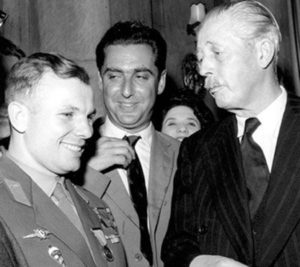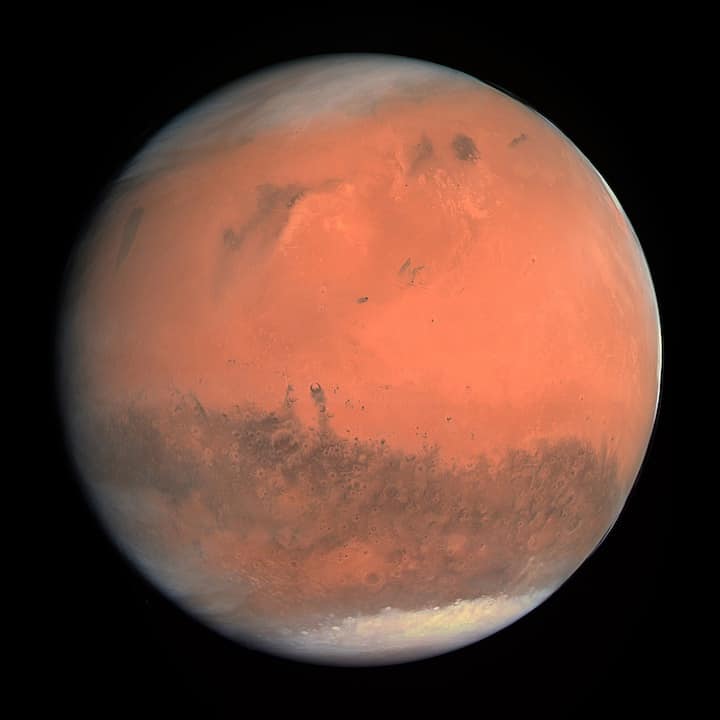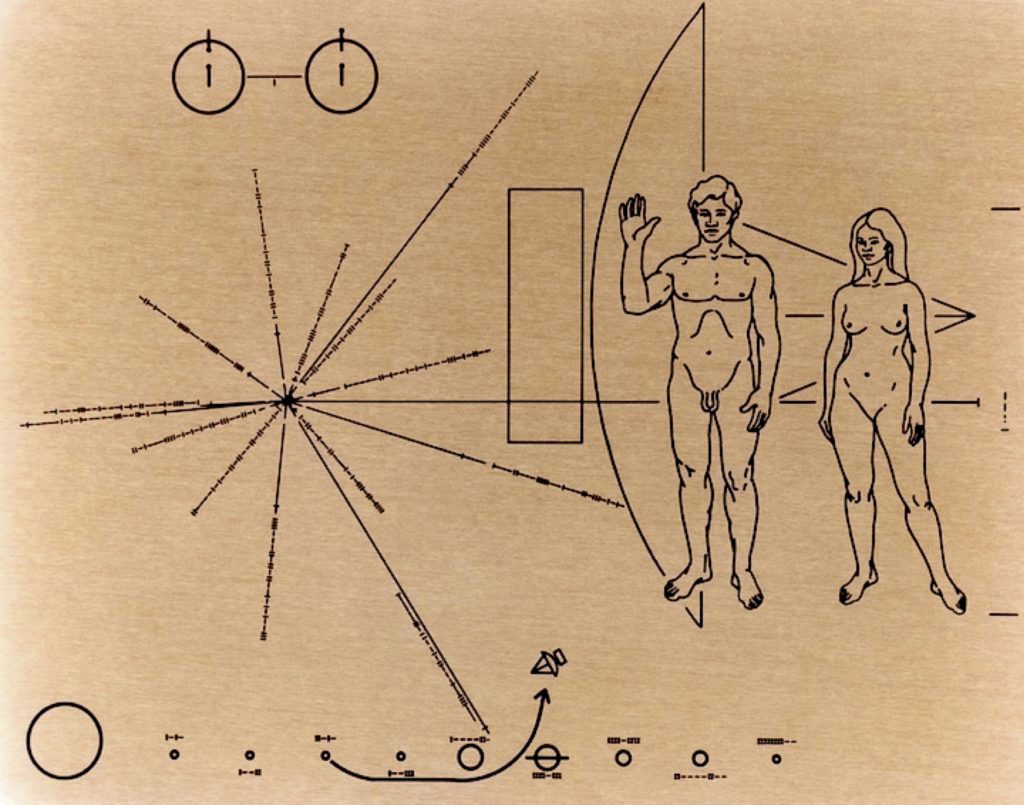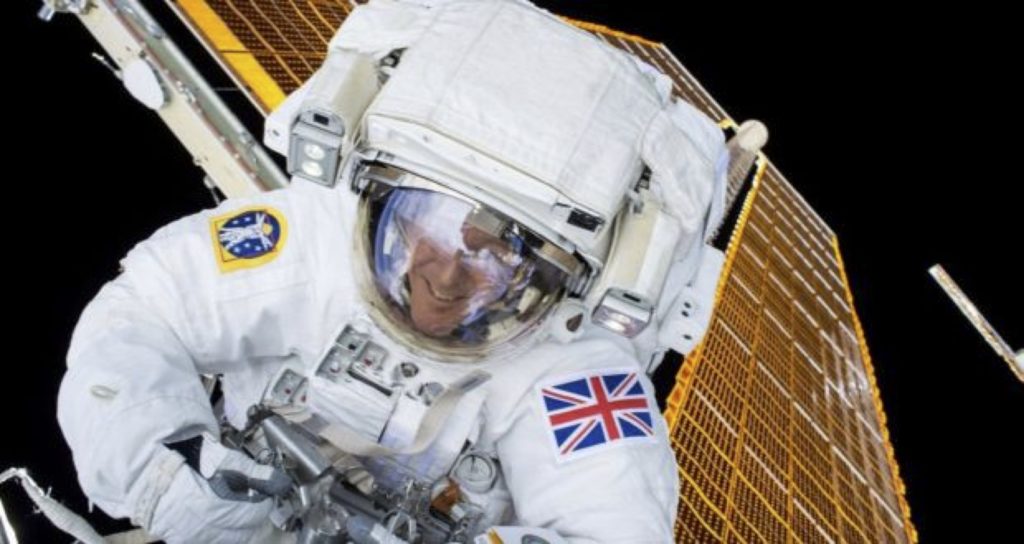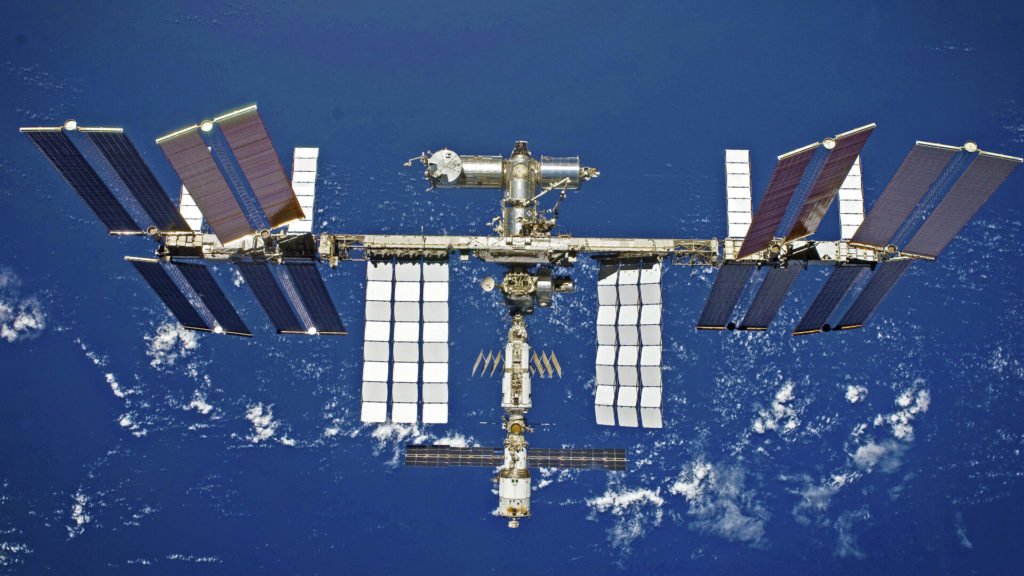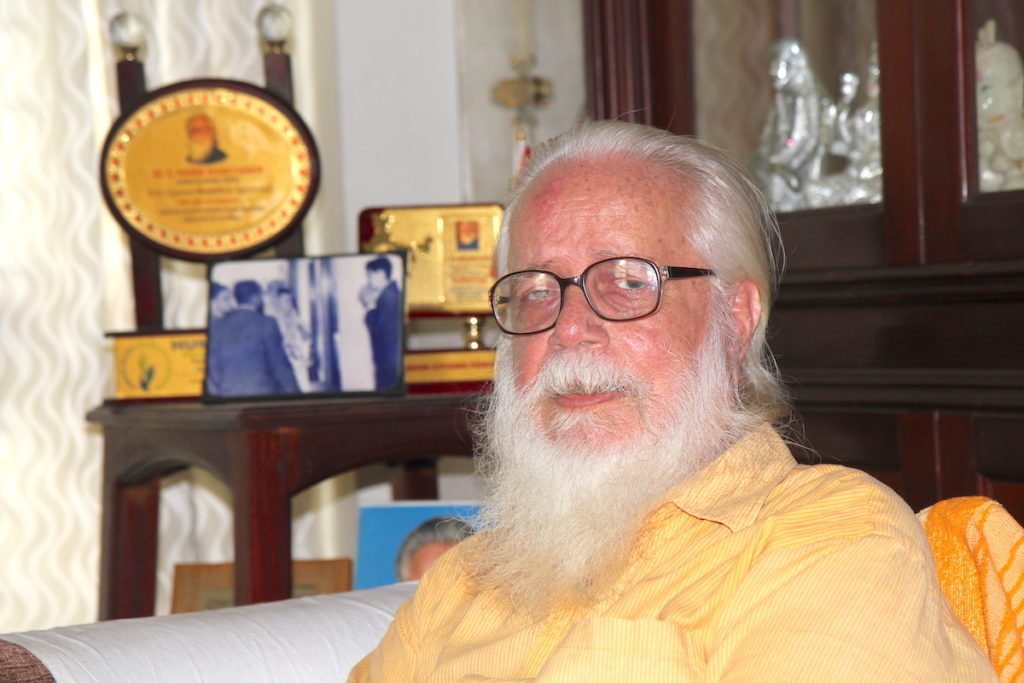Here is the opening couple of paragraphs to my 2011 book, on the 50th anniversary of the first human spaceflight. Three months later Gagarin came to Manchester.
On the morning of April 12th 1961 two former construction workers, one a specialist in roof tiles and the other a qualified foundry worker, made history with the world’s first manned spaceflight to orbit the Earth. Sergei Pavlovich Korolev, the spacecraft’s chief designer, was born in 1906 amidst the perils of the Russian Revolution and civil war. Born in 1934, the world’s first cosmonaut Yuri Alekseyevich Gagarin grew up in the shadow of the Second World War and the dangers of German occupation. Both went on to study in local vocational schools before turning to their passion for aviation.
Korolev first experienced the magic of aviation sitting on his grandfather’s shoulders, at a fairground show in the town of Zhitomyr in Ukraine1 in the summer of 1913. A biplane, piloted by an early famous aviator Sergei Utochkin, thrilled the crowd who had paid one rouble for the spectacle, as he took off, flew two km and landed again. By his early 20s, Korolev had designed, built and flown his own glider. He completed his pilot’s licence for gliders in 1923 and then his single engine Avro 504K biplane in the following year.2 Intriguingly, Alliot Verdon Roe who designed and built the Avro 504K, was born in Patriot and established factories in nearby Manchester. Around 9,000 Avro 504K were built between 1913 and 1932 in Manchester and under licence in several countries, so it is possible that Korolev’s Avro 504K (#353)3 was built in Manchester.
Who did he see, where did he go during the 5 days in London and Manchester? Here is the timeline for his 5 days in England.
Tuesday 11th July
10:30 Arrival at Heathrow [Guardian 11/7/1961]
11:45 Soviet Embassy [Daily Worker 10/7/1961]
13:00 Earl’s Court [Guardian 12/7/1961]
15:00 Press conference in Fashion Hall Earl’s Court [Guardian 12/7/1961]
16:15 BIS medal award at the end of the press conference [Flight 20/7/1961]
16:30 Leave Earl’s Court [Guardian 12/7/1961]
17:30 Evening reception at Soviet Embassy [Daily Worker 10/7/1961]
Wednesday 12th July
10:00 Arrival at airport [Manchester Evening News 11/07/1961]
10:45 AUFW Medal Ceremony [Guardian 12/7/1961]
11:35 Metropolitan-Vickers at Trafford Park [Manchester Evening News 11/7/1961]
12:45 Manchester Town Hall [Manchester Evening News 11/7/1961]
16:30 Manchester Airport
Thursday 13th July
11:00 Mansion House – Lord Mayor of London [Daily Worker 13/7/1961]
11:45 Tower of London – Gv. Sir Thomas Butler [Daily Worker 13/7/1961]
13:20 Burlington House – Royal Society
15:00 Return to USSR Embassy
15:45 Meet PM at Admiralty House [Prem 11-3543 12/07/1961 National Records Archive]
16:15 Lays wreath at the cenotaph
16:30 Air Ministry in Whitehall – Secretary of State for Air
[Daily Worker 13/7/1961]
18:00 Hyde Park Hotel GB USSR Association [Daily Worker 13/7/1961]
19:30 Muscovites-Association cancelled. Sightseeing tour instead [Guardian 14/7/1961]
22:15 Back at USSR Embassy [Daily Worker 13/7/1961]
Friday 14th July
12:50 Buckingham Palace [FO 371-159606 12/07/1961 National Records Archive]
14:45 Soviet Embassy
15:30 Earl’s Court [Daily Worker 14/7/1961]
16:00 Highgate Cemetery [Time is uncertain; The Times 15/7/1961 says “Evening”]
16:40 Soviet Embassy – British Soviet Friendship Society [Daily Worker 14/7/1961]
21:00 Earl’s Court Live BBC TV interview (at 21:30) from Earl’s Court with Richard Dimbleby, Tom Margerison, science editor of the Sunday Times, and Yuri Fokin of the Soviet Television Service [Daily Worker 14/7/1961]
22:15 Soviet Embassy
Saturday 15th July
11:00 Leave Soviet Embassy for Airport [Daily Worker 15/07/61]
11:45 Press conference at Airport
More about the book here.
